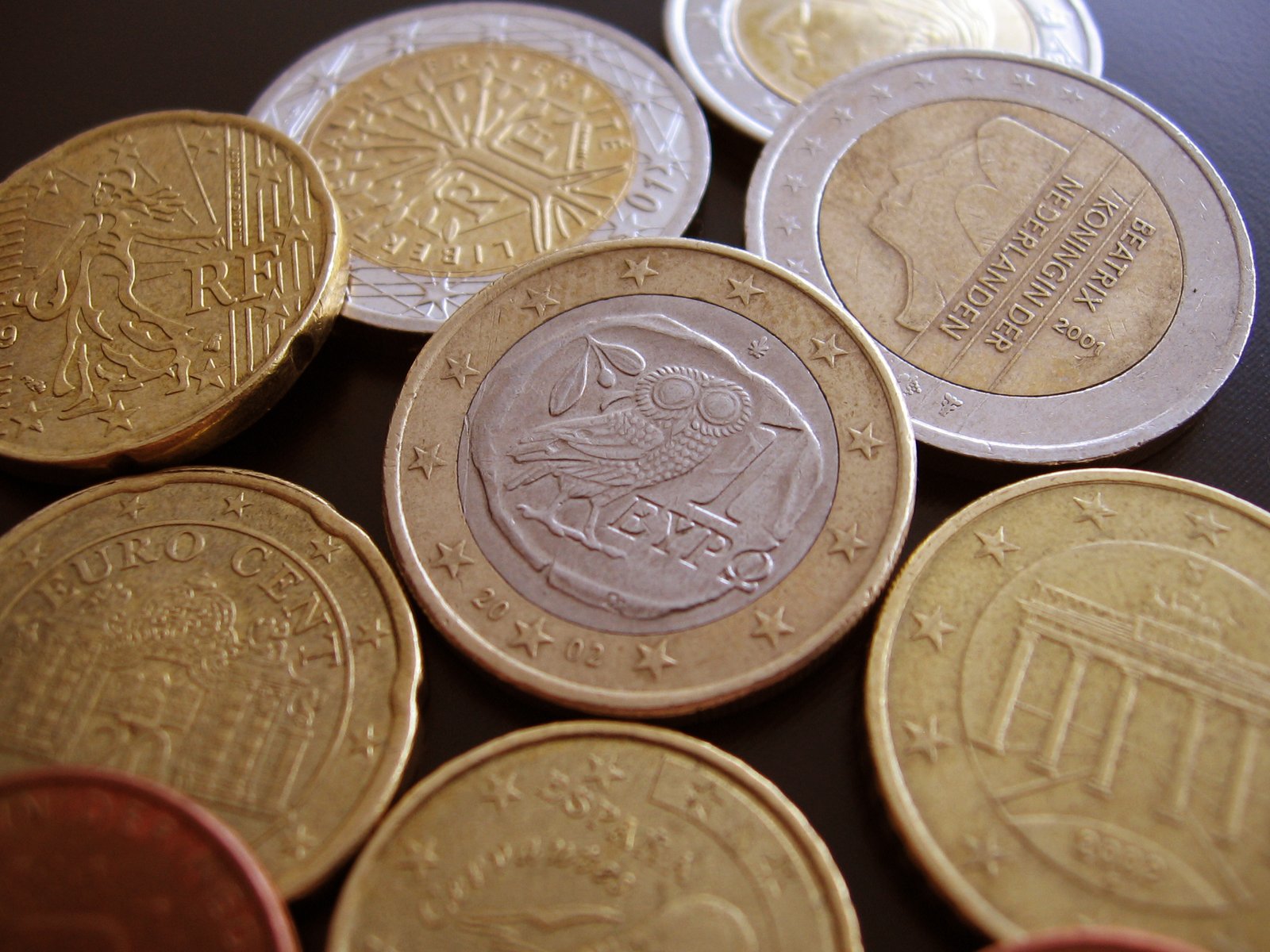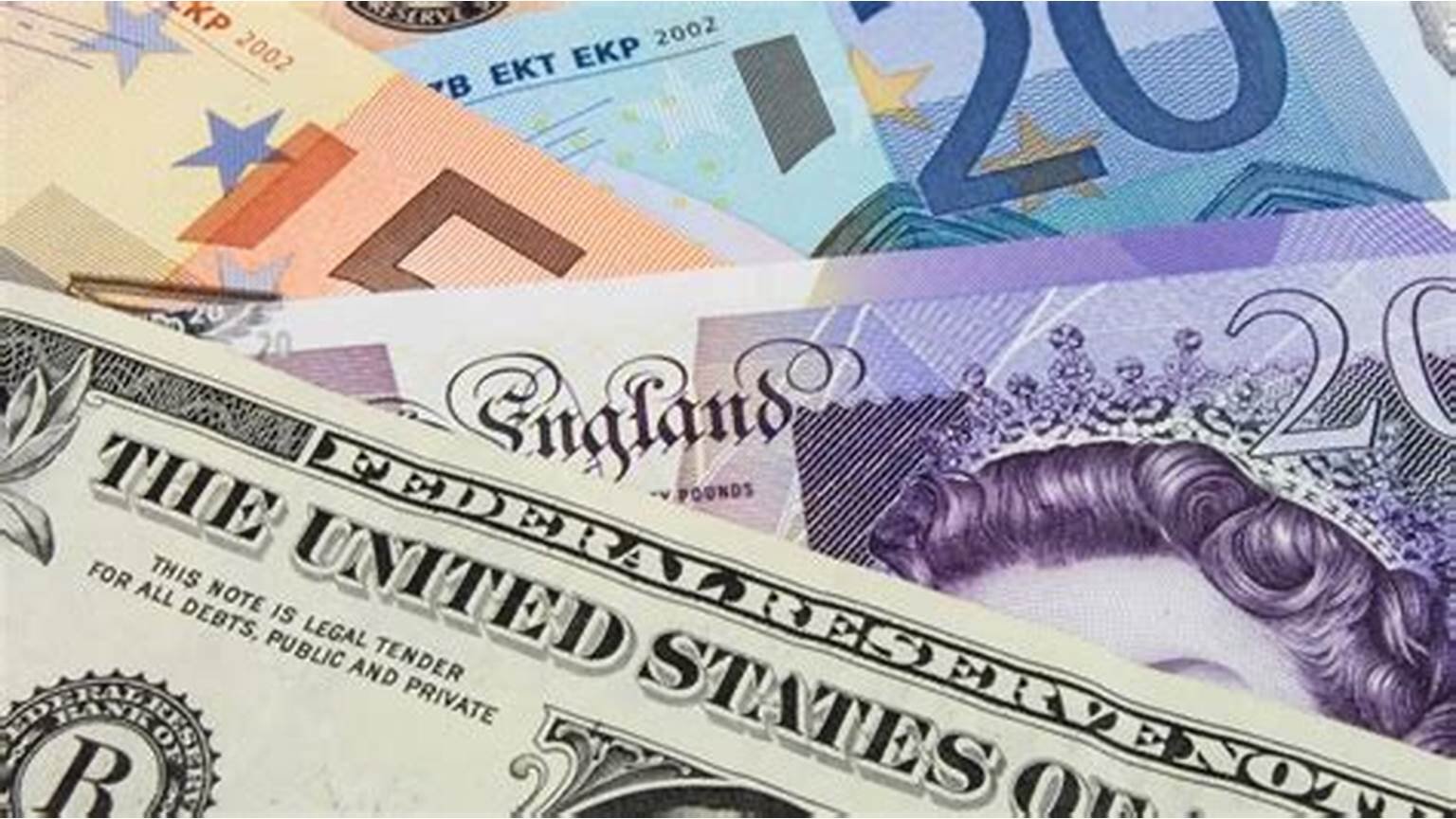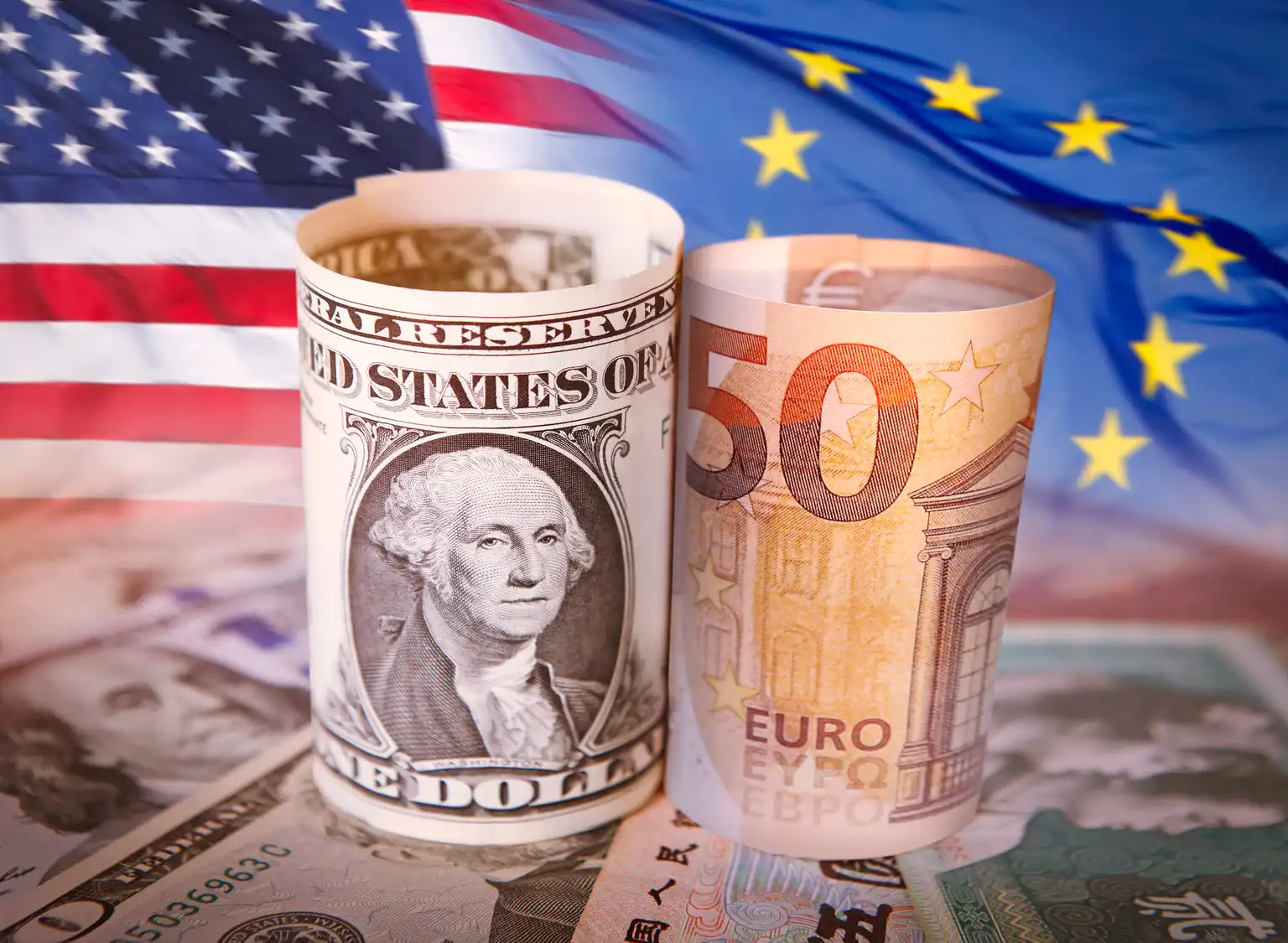EUR/USD Pulls Back After ECB Hawkish Signal Before Major Eurozone Data and US Nonfarm Payrolls
EUR/USD Pulls Back After ECB Hawkish Signal Before Major Eurozone Data and US Nonfarm PayrollsEUR/USD jumped briefly to a nearly two-month high around 1.1500 after the European Central Bank (ECB) lowered rates by 25 basis points, with ECB President Christine Lagarde’s unusually hawkish tone indicating the end of the easing cycle. Yet, the duo has since retreated under 1.1430 as investors become risk-averse ahead of key Eurozone economic releases such as Q1 GDP and April retail sales and highly awaited US Nonfarm Payrolls data. Market attention is still on how the data points will impact the Euro and the US Dollar outlook under persistent global trade uncertainty. KEY LOOKOUTS • The May jobs report, which is forecasted to indicate slower private payroll expansion and a modest increase in unemployment, may strongly influence USD strength and EUR/USD direction. • The last GDP reading is seen to be revised slightly higher to 0.4% quarterly expansion, which would support the Euro if borne out. • Growth in consumption is forecasted steadily, which will enable estimates of consumer confidence as well as economic momentum in the Eurozone. • Investors will monitor additional clues on the possibility of more rate cuts or the conclusion of the easing cycle in the wake of ongoing economic uncertainties. After the European Central Bank lowered interest rates and President Lagarde delivered surprisingly hawkish comments, the Euro initially jumped to fresh six-week highs versus the US Dollar. But the momentum lost steam as investors became wary in the face of important Eurozone economic indicators and the decisive US Nonfarm Payrolls release. While the ECB indicated that the cycle of easing could be close to the end, there are still concerns surrounding inflation and economic growth. Market players are presently concerned with whether future data will support the strength of the Euro or provide an opportunity for reassessment of the US Dollar in light of continued trade tensions and mixed US economic indicators. EUR/USD surged to a two-month peak following the rate cut by the ECB and hawkish sentiment but retreated as market players waited for critical Eurozone data and the US Nonfarm Payrolls report. Market attention remains on whether these releases will validate the Euro’s strength or will strengthen the US Dollar. • EUR/USD hit a near two-month high of 1.1495 after the rate cut and hawkish words from President Lagarde. • ECB reduced the Deposit Facility rate by 25 basis points to 2.0%, hinting at a possible end to the easing cycle. • Lagarde’s positive but cautious tone decreased market hopes for future cuts in the rate this year. • Eurozone’s Q1 GDP will be revised slightly higher to 0.4% quarterly expansion. • Eurozone’s April retail sales are forecast to record stable year-on-year growth of about 1.4%. • US Nonfarm Payrolls report is eagerly awaited, with the view for slower employment growth and a marginal increase in unemployment. • EUR/USD is probing the key technical support at 1.1400, with the resistance near 1.1495 and 1.1585 Fibonacci levels. Euro jumped to its best level in almost two months after the recent rate cut by the European Central Bank and the unexpectedly hawkish message conveyed by ECB President Christine Lagarde. While the central bank reduced interest rates as anticipated, Lagarde’s remarks indicated the period of monetary easing could be coming to an end, leading investors to reassess their expectations of future policy action. This change in sentiment aided confidence in the Euro, which was further bolstered by favorable news on German government bonds and an overall dovish yet positive sentiment towards the outlook for the Eurozone economy. EUR/USD DAILY PRICE CHART CHART SOURCE: TradingView In spite of this optimism, market players are still wary as they wait for crucial Eurozone economic data, such as the revised first quarter GDP and April retail sales. These numbers will be crucial in gauging the health of the Eurozone economy and will determine the direction of the currency in the near future. In the meantime, focus is also closely on the forthcoming US Nonfarm Payrolls release, which may influence the US Dollar and influence EUR/USD action in light of ongoing uncertainty surrounding trade talks and general global economic sentiment. TECHNICAL ANALYSIS EUR/USD has been on an upward trend since the middle of May, marked by higher highs and higher lows, indicating a bullish momentum. The duo encountered some resistance at the psychological 1.1500 level, where bears stepped in to halt the rally for the moment. Now, the price is falling back to an important support level of 1.1400, which overlaps with an uptrend line and a round-number level that traders closely monitor. A violation of this support might put the current bullish trend into question, with additional downside targets at 1.1360 and 1.1315. On the downside, levels to monitor for resistance are the recent high at 1.1495 and the 261.8% Fibonacci extension at 1.1585, which could serve as potential ceilings to further rises. FORECAST In the future, provided that the Eurozone economic figures meet or beat expectations—i.e., a revised positive GDP and consistent retail sales growth—EUR/USD might recover bullish momentum and try to breach above the latest resistance at 1.1500. Strong data and muted US employment numbers may further undermine the US Dollar, which might drive the pair to the next significant resistance level of approximately 1.1585. Such a move would add strength to the market sentiment that the ECB is nearing the end of its easing cycle, which would bolster the strength of the Euro in the medium term. On the other hand, if Eurozone numbers disappoint or the US Nonfarm Payrolls reading comes in surprising on the positive side with more-than-anticipated job growth, the Euro would stand to lose value. In this scenario, EUR/USD would head to its important support lines around 1.1400 and could even fall further to 1.1360 or 1.1315. A breach below these support levels may indicate changing sentiment, threatening the recent bullish momentum and inviting further weakness as traders reevaluate the ECB’s monetary policy prospects and the relative












